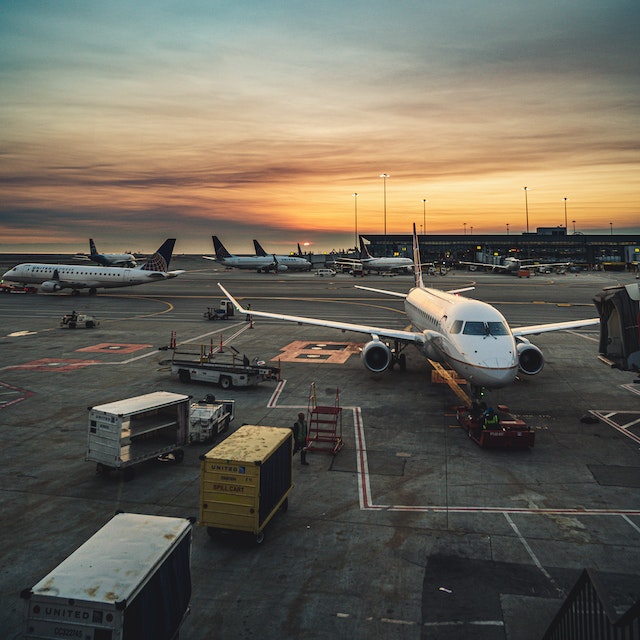In a significant development for the aviation industry, the US Federal Aviation Administration (FAA) has decided to extend the cuts to airlines’ minimum flight requirements at New York airports. This decision, prompted by the continued challenges faced by the industry, holds considerable implications for airlines, passengers, and the broader travel landscape. In this article, we delve into the details of this extension, its implications, and what it means for the aviation sector.
Current State of the Aviation Industry: The global aviation industry has been navigating unprecedented challenges since the onset of the COVID-19 pandemic. Airlines have faced a steep decline in travel demand, leading to operational and financial constraints. New York, a major hub for domestic and international travel, has been particularly affected. In response to reduced demand, the FAA initially implemented cuts to airlines’ minimum flight requirements at NY airports, allowing carriers to adjust their schedules in line with the decreased passenger numbers.
The FAA’s Decision to Extend Cuts: Recognizing the ongoing struggles of airlines and the slow recovery of the travel sector, the US FAA has taken the decision to extend the cuts to airlines’ minimum flight requirements at New York airports. This extension allows airlines to continue operating at reduced schedules, aligning their services with the current travel demand. By granting airlines more flexibility in managing their flight schedules, the FAA aims to support the industry’s recovery efforts while ensuring the efficient utilization of resources.
Implications for Airlines: The extension of these cuts carries both positive and negative implications for airlines. On the positive side, airlines will have more room to manage their flight operations according to demand, preventing the unnecessary operation of half-empty flights. This could lead to cost savings, improved resource allocation, and potentially better financial performance. However, the reduction in flight schedules might also limit revenue-generating opportunities, and airlines will need to strike a delicate balance between meeting demand and maintaining profitability.
Impact on Passengers: For passengers, the extended cuts could result in more streamlined travel experiences. With airlines aligning their schedules to actual demand, passengers may encounter fewer flight cancellations and less congestion at airports. However, the reduced flight options might lead to slightly less flexibility when choosing travel times. Passengers are advised to plan their trips well in advance to secure preferred flight options.
Broader Travel Landscape: The FAA’s decision has wider implications for the travel and tourism industry as well. Hotels, ground transportation providers, and local economies dependent on tourism may also experience the effects of the reduced flight schedules. Industry stakeholders will need to adapt their offerings to cater to changing travel patterns and preferences.
Looking Ahead: As the aviation industry continues its journey toward recovery, collaboration between airlines, regulatory bodies, and industry stakeholders remains crucial. The extension of cuts to airlines’ minimum flight requirements at New York airports highlights the FAA’s commitment to supporting the industry’s gradual revival while ensuring operational efficiency.
Conclusion: The US FAA’s extension of cuts to airlines’ minimum flight requirements at New York airports underscores the ongoing challenges faced by the aviation industry. While these cuts bring both advantages and drawbacks for airlines and passengers alike, they are a testament to the industry’s adaptability and resilience. As the travel landscape evolves, stakeholders must work together to navigate the road to recovery and set the stage for a stronger and more sustainable aviation future.












